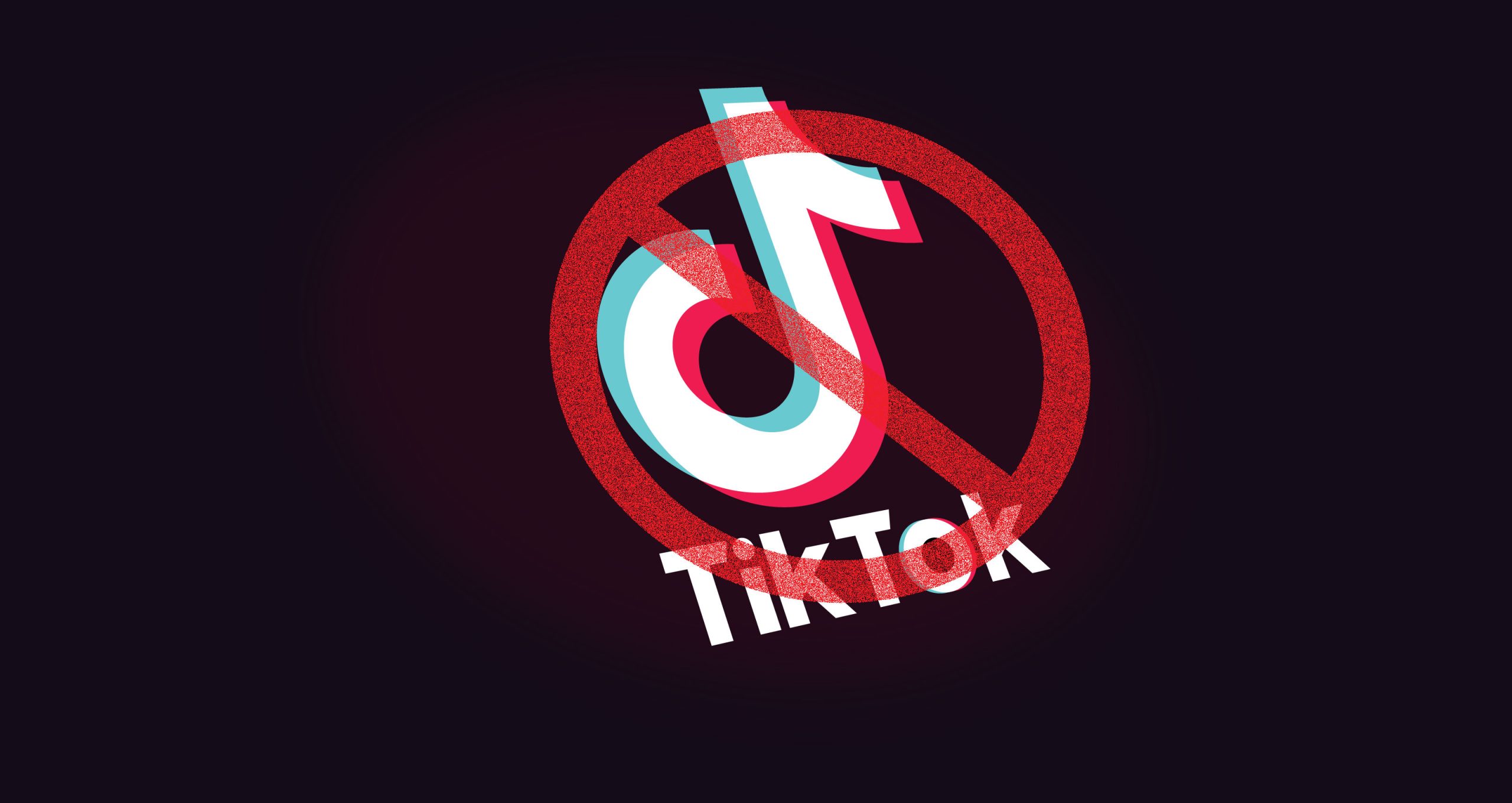“You lose track of time. Hours go by, you don’t realize. It’s very nice,” Lall said. “We are still hoping that TikTok will come back.”
President Donald Trump is now considering a similar course of action as he escalates his long-running battle with China over technology and security, signing an executive order last week that would ban TikTok in 45 days if it doesn’t find a US buyer. While India’s ban was triggered by military conflict and followed nationalistic public appeals for a boycott of Chinese products, Trump’s order — citing security threats that experts say are largely theoretical or indirect — has not had the same groundswell of support from Americans.
News of a potential ban sent American TikTokers into a frenzy (or “going cray,” as one creator put it) trying to figure out how they could port over their following to other apps such as Instagram or YouTube. (Trump has targeted at least one other app that India has already banned, WeChat, raising concerns among Chinese Americans who use it to communicate with family abroad.)
While US TikTok users may worry about this worst-case scenario, those in India are already living it. India’s 200 million TikTok users — twice as many as the app has in the United States — have spent nearly two months in a largely fruitless search for alternatives. Facebook-owned Instagram immediately cashed in by launching its TikTok copycat, Instagram Reels, in India within a week of the ban. Instagram also made Reels available in the United States after Trump’s proposed action.
But self-professed TikTok addicts say it just isn’t the same.
Like in the United States, the announcement of the ban in India led to a flurry of influencers hurriedly posting videos asking their TikTok audience to follow them on Instagram, YouTube or other platforms.
“Currently for sure, there is no one that can come close to TikTok,” said Abhay Jani.
Jani, 24, downloaded TikTok a couple of years ago and said he would spend up to two hours a day watching videos on the app, usually overshooting the screen time restrictions he had set for himself. He enjoyed going down “rabbit holes” of the Indian internet such as farm TikTok, where he says farmers around the country would post videos of various agricultural techniques and activities.
“I mean I was addicted to it,” he said.
Jani has since tried out some of the homegrown Indian alternatives such as Chingari, Mitron and Moj, but says their user interface and recommendation algorithms aren’t up to TikTok’s standards yet. He only visits them a couple of times a week.
Lall has also tried a variety of different apps, including an Indian one called Roposo, American video platform Triller, and of course, Instagram Reels. Her latest discovery is a karaoke app called StarMaker.
“All of them are useless, they’re really bad,” she said, citing several issues including a relative lack of viewership and a poorer selection of filters. “TikTok was TikTok.”
Losing India is a huge blow to TikTok. The country’s 700 million internet users make it the world’s second-largest market after China, one that tech firms around the world have poured billions of dollars into for a foothold.
TikTok was installed 26.4 million times — an average of 660,000 installs a day — and made about $317,000 in gross revenue from in-app purchases in India in the six weeks leading up to the ban, according to analytics firm Sensor Tower.
This isn’t the first time TikTok has been banned in India. It was blocked from app stores in the country last year after a court ruled it could expose children to inappropriate content but was reinstated less than two weeks later after TikTok successfully appealed the decision.
ByteDance, TikTok’s Chinese parent company, has around 2,000 employees in the country.
“Our employees are our biggest strength, and their well-being is our topmost priority,” TikTok CEO Kevin Mayer said in a blog post following the ban. “We will do everything in our power to restore the positive experiences and opportunities that they can be proud of,” he added.
TikTok is working with the Indian government to address its concerns and remains committed to complying with local laws, the company’s India head, Nikhil Gandhi, said in another post late last month.
“We have not shared any information of our users in India with any foreign governments, nor have we used such data in any manner that would compromise the integrity of India,” he said. “Further, even if we are requested in the future, we would not do so.”
TikTok has pushed back on the Trump administration’s claims that it is a security threat, calling them “unfounded.” To underscore its independence from China, TikTok has cited its recently hired American CEO, and said it has “never provided user data to the Chinese government, nor would we do so if asked.”
Despite the pain of losing TikTok and the lack of viable alternatives, Lall agrees with the Indian government’s decision to ban the app.
“What they [China] are doing is wrong,” she said. “We are happy that … the ban happened but still we have a hope that [TikTok] will come back, we are waiting for it.”












